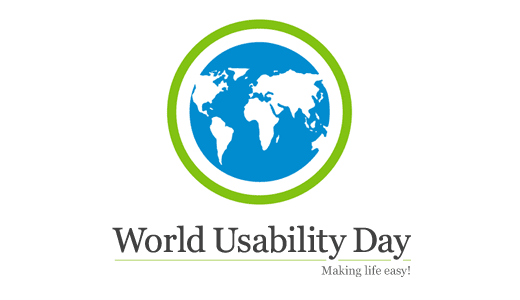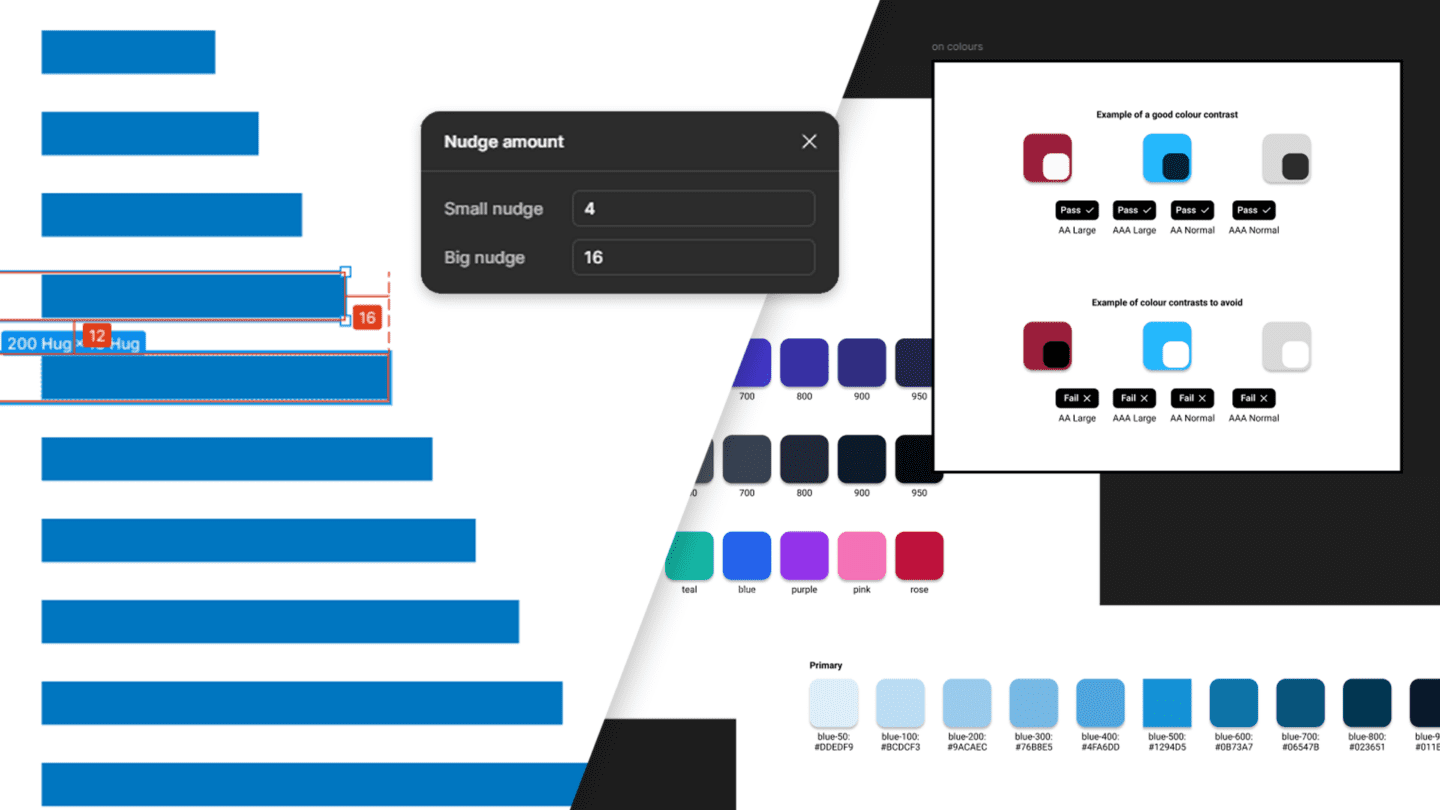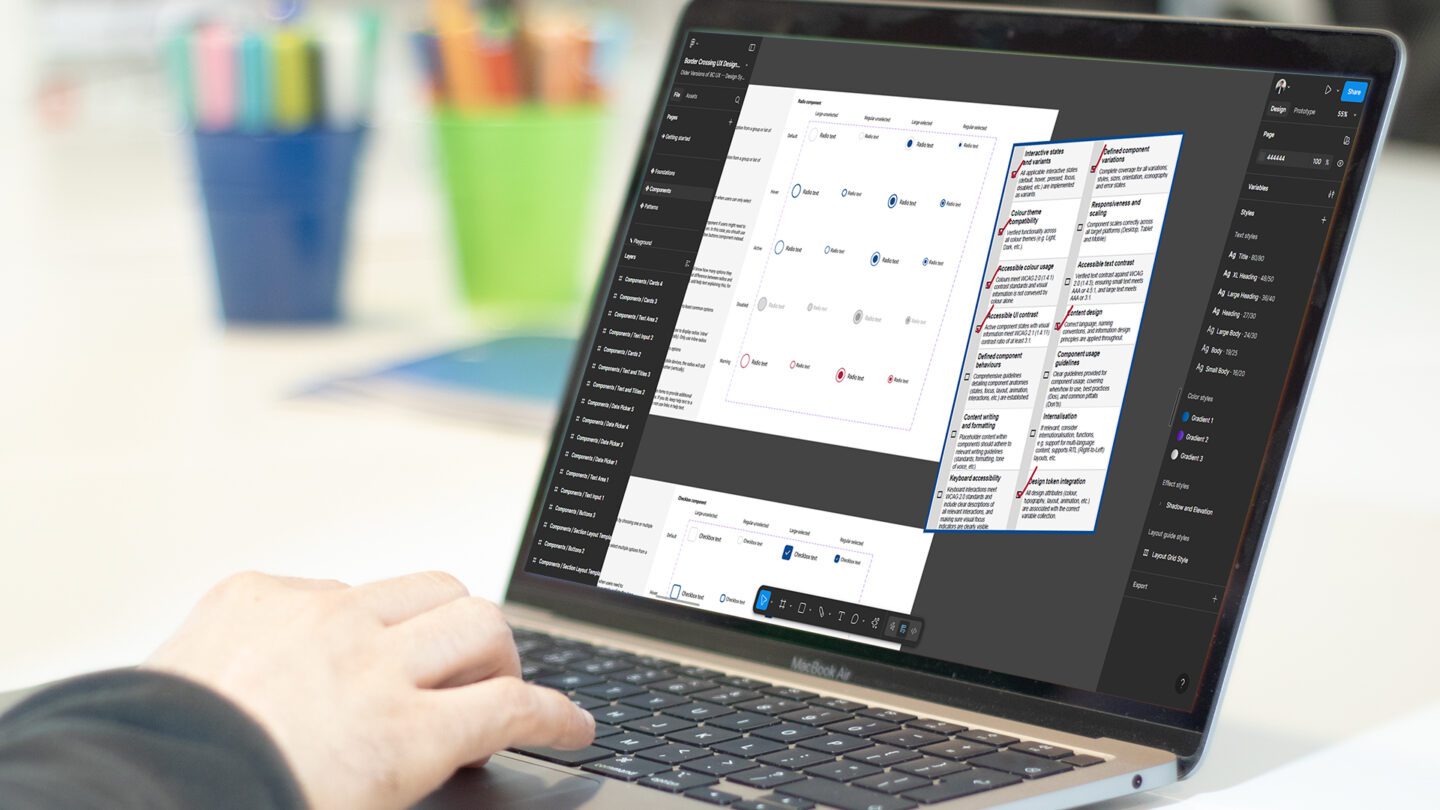Whether it’s a tin opener or a website, if people can’t use it then they simply won’t. Usability is integral to the success of any website as it directly influences the user experience. Poor usability has impacts on brand perception, employee productivity and ultimately your bottom line.
People interact more with technology each day. Websites which hinder or stop people completing their tasks just won’t cut it.
… leaving is the first line of defence when users encounter a difficulty.
Jakob Nielsen
Competing websites offering similar services can often provide another option for them to achieve their goals. To engage and retain users your website must be usable and designed for their needs. User research into how, and why, people use your website will help you understand:
- What content they need
- Which functionality they require
- What is stopping them from achieving their goals
Then you can prioritise the content and features to deliver a truly usable website.
What is Web Usability?

Web Usability is the ease of use of a website. A usable website must allow users to find what they’re looking for quickly and efficiently. The elements which together make a website usable are:
- Clear and concise presentation of information
- Clear Call-To-Actions (CTA’s)
- Meaningful placement of items in appropriate areas
- Lack of ambiguity
- Age and gender appropriate
- Accessible for its target users e.g. Those with visual impairments may need bolder font or larger buttons to aid navigation
- Device and browser friendly.
What are the Core Principles of Web Usability?
According to the Jakob Nielsen’s definition the core principles of Usability are defined by 5 quality components:
- Learnability: How easy is it for users to complete their tasks or achieve their goals upon the first instance of use?
- Efficiency: How quickly can user’s complete their tasks correctly once they have learned the design/system?
- Memorability: How quickly can users re-establish their proficiency after returning to the design after a period of not using it?
- Errors: How many errors do users make? How severe are they? How easily can they recover from them?
- Satisfaction: How pleasant is it to use the design and what are their thoughts and feelings towards it?
This helps identify the usability problems that make a website harder to learn or use. In the context of e-commerce website, usability is narrowed down to its level of efficiency. e.g. Triggering sales and performing other transactions like newsletter signups. These are valuable to the business and goals of the user.
In 1995, Jakob Nielsen also coined 10 Usability Heuristics for interaction design. Any design decision should consider his heuristics as they put the user first.
- Visibility of system status
- Match between system and real world
- User control and freedom
- Consistency and standards
- Error prevention
- Recognition rather than recall
- Flexibility and efficiency of use
- Aesthetic and minimalist design
- Help users recognise, diagnose, and recover from errors
- Help and documentation.
Measuring Usability
The principles are important but what’s the point in understanding it if you can’t implement those principles and test them? The key to ensuring your website is usable is to be able to test and measure it against these principles.
One stand-out method for testing usability is the System Usability Scale (SUS). SUS is a quick and easy to implement industry standard. By gaining honest feedback from your users you can differentiate between usable and unusable websites. A SUS should be completed when your users have had the chance to use the website being evaluated. Ideally, it should be used within the domain it is intended for.
Understanding the context of use is key to any form of usability testing as results can become redundant otherwise. The SUS is formed of ten questions with five response options from strongly disagree to strongly agree. The SUS has proven to be a valuable evaluation tool being both robust and reliable.
Understanding people’s goals, contexts of use and how they interact is vital. This way you can provide the most usable and enjoyable experience possible.
World Usability Day

World Usability Day marks its 11th annual awareness day today (Thursday 10th November 2016) . The free event in Edinburgh takes place at the UserVision building on North Castle Street.
World Usability Day, also known as ‘Make Things Easier Day’, adopts a different theme each year. This year’s theme is ‘Sustainable UX’ and the focus is on how UX can be a force for positive behaviour change.
World Usability Day raises awareness of poor usability and the impact it has on User Experience. The growing scale of the event reflects its importance to the world today. It is time to place usability at the forefront of your design decisions if you have not already.
So, if you would like to discuss any usability issues that you have encountered, or want to know how usable your propositions are, contact us today.


